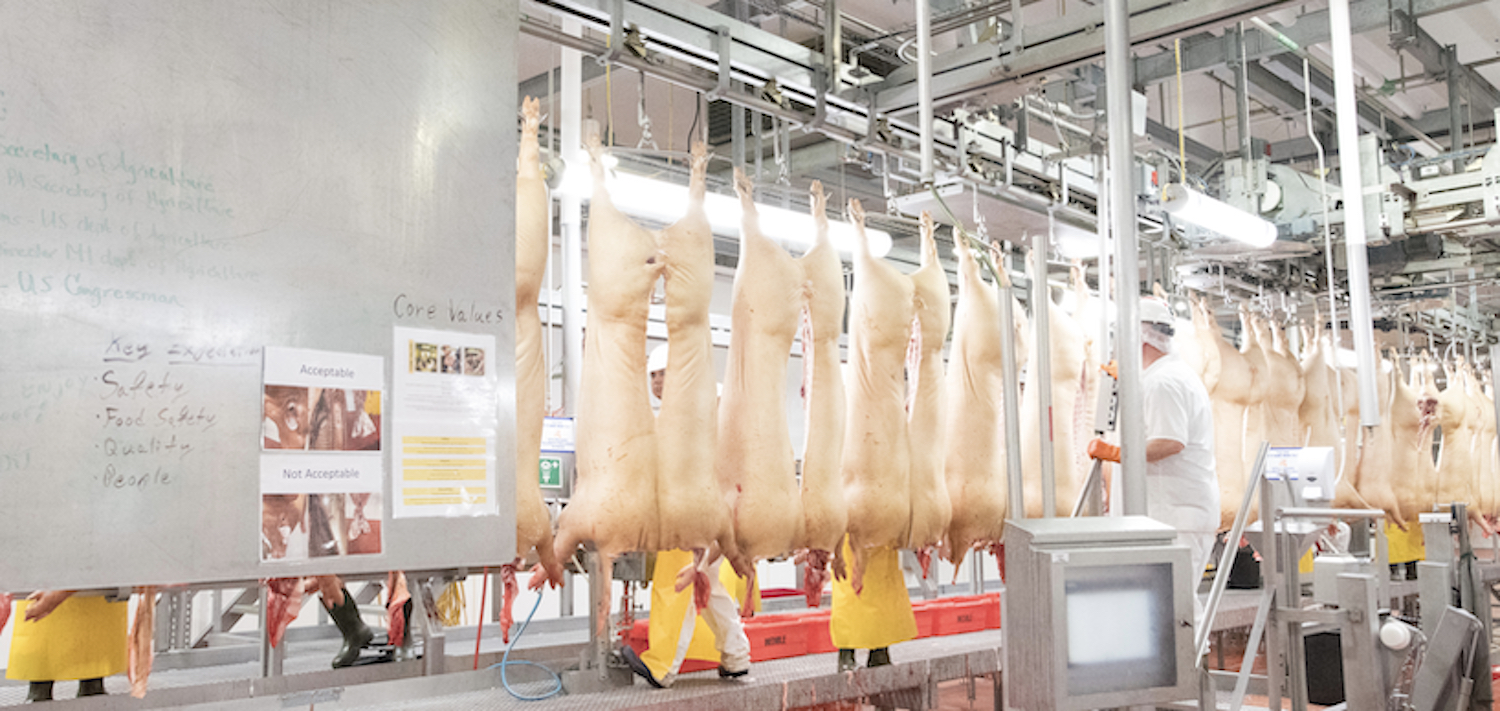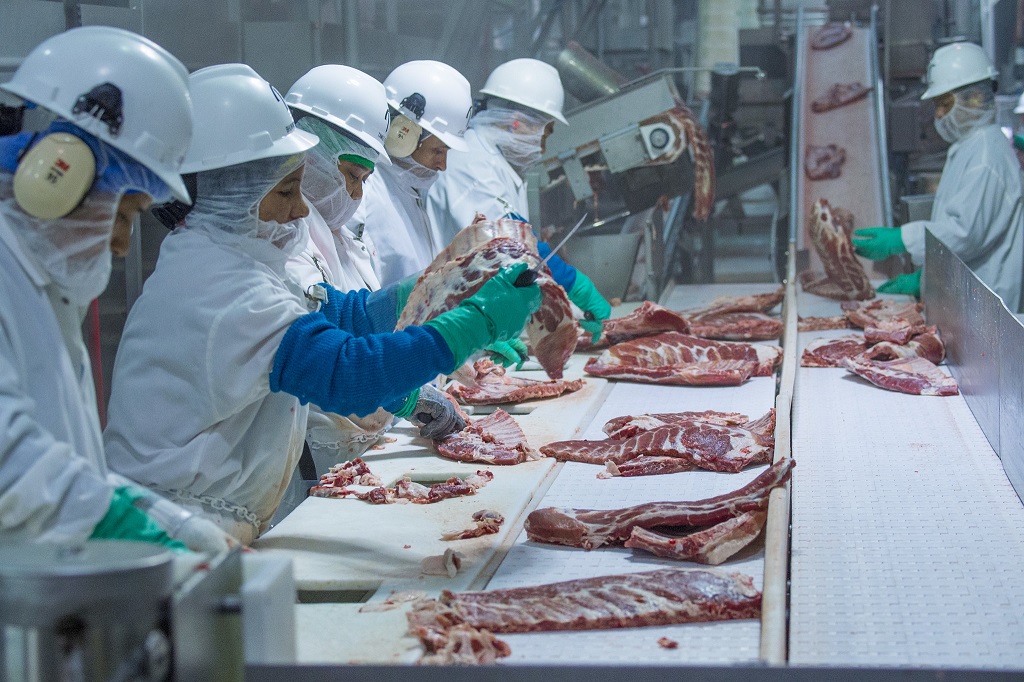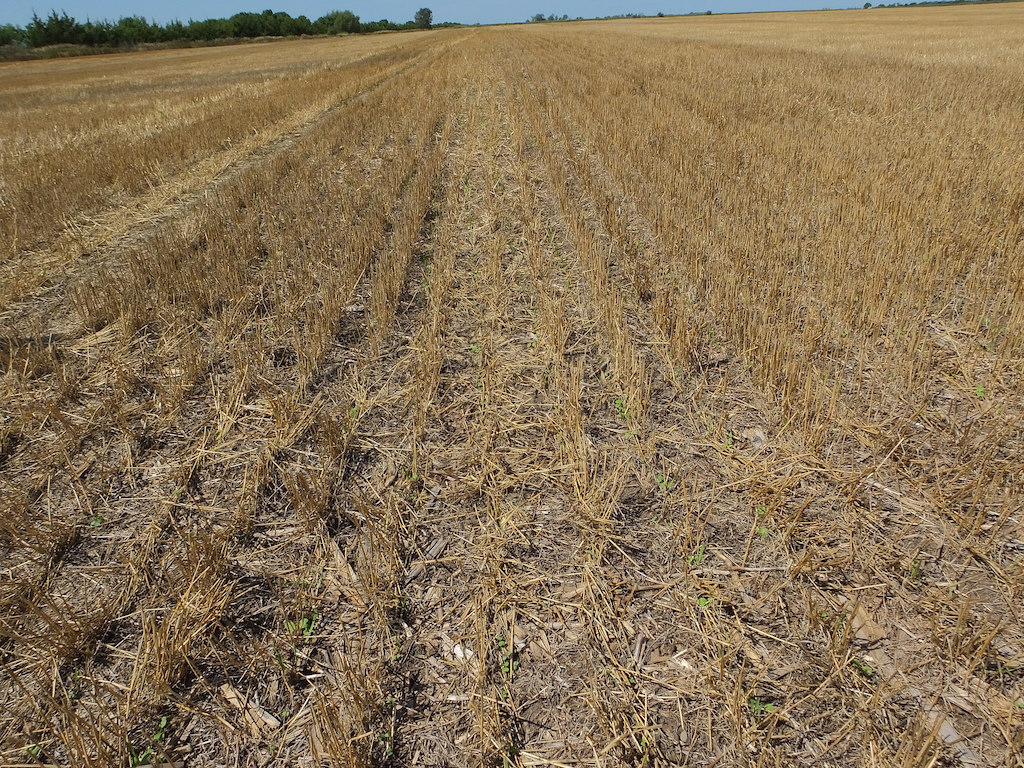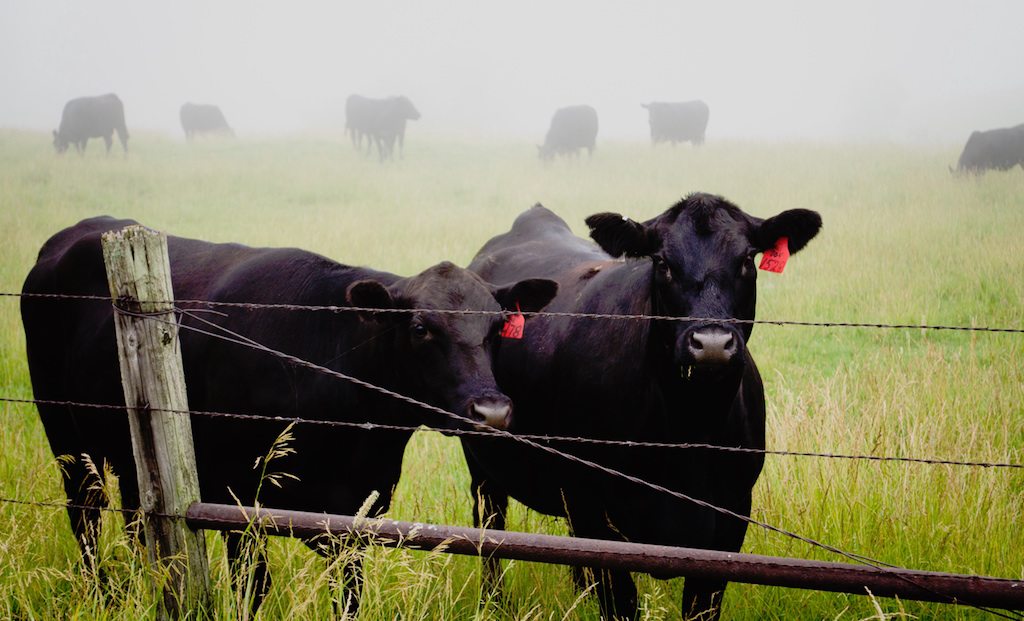Last month, the United States Department of Agriculture (USDA) issued a final rule that will permit faster line speeds at hog processing plants, as well as other changes. The move was part of what the agency calls the “Modernization of Swine Slaughter Inspection.”
Advocates for food and worker safety were not pleased.
The United Food and Commercial Workers’ Union (UFCW), which represents 30,000 workers in pork plants across the country, and Public Citizen, a left-leaning consumer advocacy group, on Monday filed a lawsuit to block the rule. The lawsuit was filed on behalf of local UFCW’s chapters in Minnesota, Iowa, and Kansas. It alleges that the agency’s decision-making process violated the Administrative Procedure Act—the law that governs federal rulemaking—because of the way USDA had handled worker safety concerns.
Throughout the rulemaking process, which began in early 2018, USDA drew criticism from advocates and academics for the methods it used to evaluate elevated line speeds’ potential impact on worker safety. Hog slaughter plants are currently allowed to process 1,106 animals per hour; the new rules would allow that per-hour number to increase. Even under the current system, inspectors complain of overload and burnout and the physical toll the existing speeds can take. In the final rule, the agency declined to weigh in on the worker safety question entirely, handing responsibility instead to OSHA.
In response to comments criticizing the lack of transparency surrounding its safety evaluation, the agency wrote that “while FSIS [the Food Safety and Inspection Service] recognizes that working conditions in swine slaughter establishments is an important issue, the Agency does not have the authority to regulate issues related to establishment worker safety. OSHA [the Occupational Safety and Health Administration] is the Federal agency with statutory and regulatory authority to promote workplace safety and health.”
That response, the union and Public Citizen argue, is illegal. “There are two basic principles of administrative law: agencies cannot simply refuse to address concerns about the impacts of their actions, and they must acknowledge and explain when they change their positions,” said Adam Pulver, attorney for Public Citizen, in a press release. “By refusing to even discuss the mountains of evidence showing that faster line speeds will put workers’ health at risk, after acknowledging the importance of considering worker safety in its proposed rule, the USDA broke these two bedrock rules.”
 USDA/Lance Cheung/Flickr
USDA/Lance Cheung/Flickr Even under the current system, inspectors complain of overload and burnout and the physical toll the existing speeds can take
Union members say they are concerned that faster line speeds will put workers at increased risk for repetitive-use injuries such as carpal tunnel. According to UFCW, 6,500 of its members submitted their opinions to the agency during the public comment period. Management at all three of the plants represented by the local unions listed in the lawsuit have indicated they plan to increase line speeds under the new rules, according to the complaint.
Food safety advocates worry that the new rule, which is expected to cut the federal inspection workforce by 40 percent, will allow contaminated meat to enter the food supply. Food and Water Watch sued USDA in 2014 over proposed changes to poultry slaughter on similar grounds; a judge tossed out that lawsuit.
If the new rule proceeds as planned, it will go into effect on December 2.











